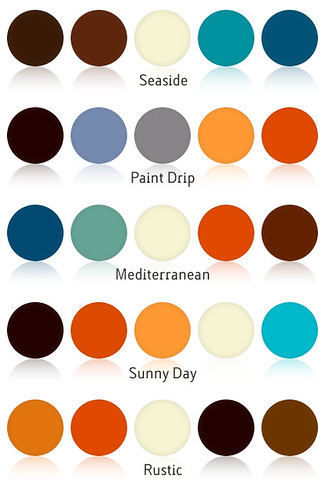Whether you are designing a website for a small business or large enterprise, there are some crucial elements you should consider in order to create a high quality website. These include Social proof, Color scheme, Structure, Typography and User-friendliness.
Content is king
If you’ve been involved in online marketing, then you’ve probably heard the phrase “content is king.” Whether you believe it or not, it’s true. The quality of content is a major factor in SEO. It can also help to build relationships with customers and increase your sales.
You may not be able to control what Google decides to show your website, but you can make sure you get the most important parts. That’s by using original, high-quality content.
There are several ways to do this. One of the most effective ways is to use video content. It’s a great way to humanise your brand.
It also teaches your audience a lot. People love information. In fact, a recent study found that people spend 20% of their time reading online.
Color scheme
One of the first things you should do when creating a website is to select a color scheme. The right colors will help create a positive impression on your audience. And, of course, they are also important for SEO purposes.

When deciding on a color scheme, consider your website’s goals and industry. A quality color scheme will not only help you reach your target audience, but it can also serve as a good reminder of your brand.
A modern color palette may be bold and edgy. It should also be appealing to today’s refined tastes. But, don’t go overboard. This doesn’t mean a color scheme has to look gaudy.
Typography
Typography is an art that affects a number of different aspects of your website, from the layout to the color scheme. It helps create a visual hierarchy to guide visitors through your site, and provides a pleasant reading experience for them.
Typography can also be used to create contrast with the surrounding content. This can be done by using a bold typeface and spacing between text lines. This can give your website a unique and memorable look.
Good typography will also help your brand build trust. This will translate to increased conversions and loyal customers.
Web typography can be read by search engines, users, and even text-to-speech software. It is important to have a consistent font on your website, which will make it easier for readers to understand what they are reading.
User-friendliness
User-friendliness is a critical part of creating a high quality website. The best way to ensure a smooth experience is to follow the basic principles of usability.
A good user-friendly site has a simple navigation structure. It also has a search feature on every page. It is important to have a mobile version of the site as well. A mobile-friendly website loads quickly and is easy to use.
Another essential aspect of user-friendliness is credibility. A site’s credibility can be demonstrated by its transparent communication of business goals.
A user-friendly site also features high-quality content. This helps users find the information they need quickly. It also helps improve their overall experience.
Social proof
Social proof is a great way to add credibility to your website. It can be used to increase traffic, improve conversions and boost your overall sales. This can be done through a number of different tactics.
The most powerful form of social proof is user-generated reviews. These reviews can be positive or negative.
There are also various forms of social proof that are more indirect. These include certifications, logos and seals. These can be displayed on the website and in email marketing campaigns.
The wisdom of the crowd is another form of social proof. The collective admiration of the many praised businesses can be a powerful marketing tool. It’s usually generated through online sites such as Google.
Structure
A good structure of a website makes it easier for users to access the content on the site. It also helps Google and other search engines to properly index pages on the website. This can lead to a better user experience and improve the conversion rate.
The structure of a website can be either hierarchical or sequential. This will depend on the type of website. A hierarchical website uses subpages and child pages to allow users to navigate through the structure. This is the most popular website structure.
Another option is the matrix model. This is often used for online newspapers. This creates a web of landing pages, allowing users to access everything in a matter of few clicks.








